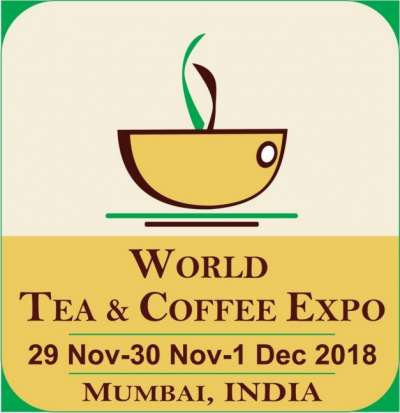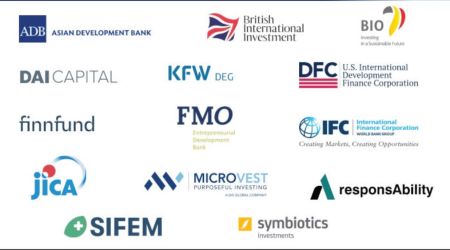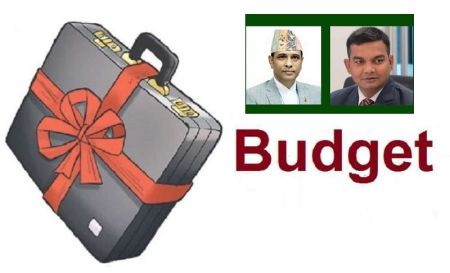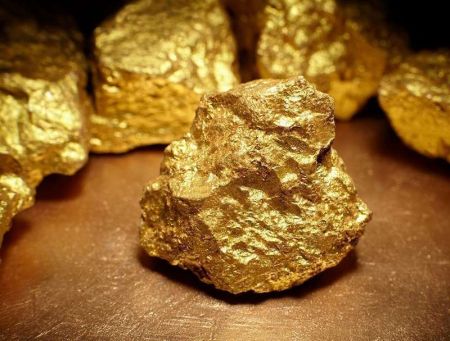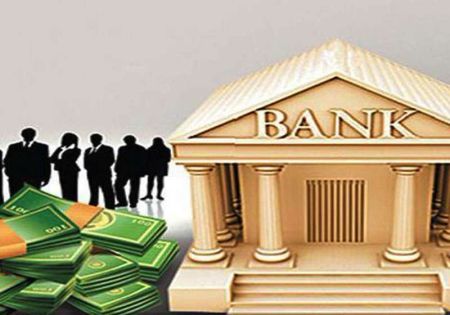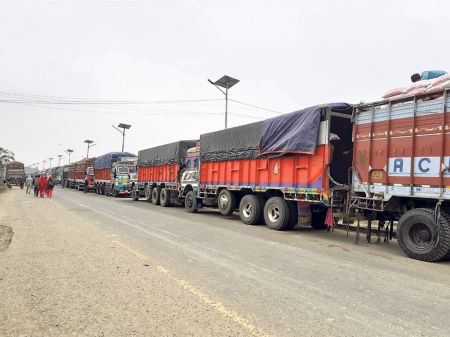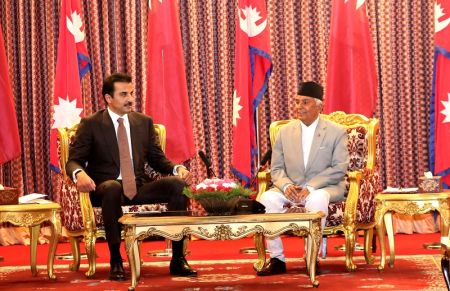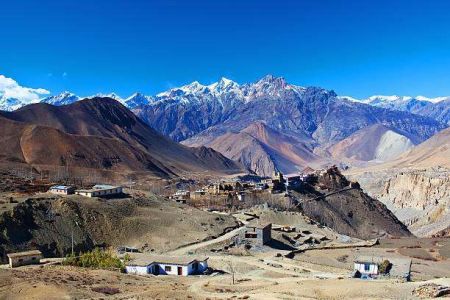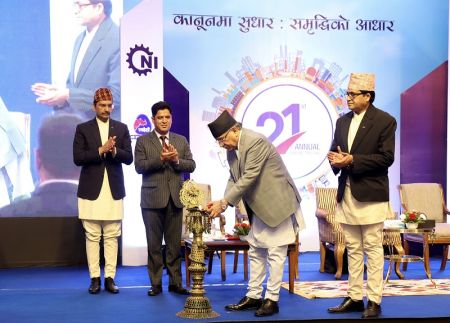--By Chittaranjan Pandey
Gold is a very important component of the human lives on the earth today. Gold not only has the metallic value but also has been used as a hedge against several risks in the human life. Today gold is used from medicines to luxury. The use of gold carries lots of historical and mythological values beyond the regular usage we talked about.
अग्नेः प्रजातं परि यत् हिरण्यम्
अमृतं दघे अधिमत्र्येषु
यएनव्देद स इदेनमर्हति
जरार्मृत्युर्भवति यो बिभर्ति ।।
– अथर्व वेद, काण्ड १९, सूक्त २६, ऋचा १
The above lines from Atharvaveda mean “I adorn gold created or originated from fire which bestows eternity. One who adorns it is liberated from the fear of untimely death.” This signifies how gold has gained so much of significance for us. To go deep with the importance of gold, the yellow metal is believed to be the most sattvik, meaning holy, divine or serene. It is also believed that gold destroys most of the harmful germs in our body and using gold enhances the absorption of divine energy to greater extent. Specifically, in case of women, it is believed that when women put on gold ornaments, the shakti-roop is activated and the whole family is protected.
The above mentioned reasons only signify why gold has received so much of mythological importance. Coming to these days, when people have started to take themselves above the cultural and traditional barriers, most of the things do not have the same shape. Yet, gold is successful enough to declare its commercial importance and has been luring people almost every corner of the world.
When I talk about gold, how can I miss out talking about its importance in the currency management worldwide? Gold has played an important role in backing up the currency worldwide for long but these days, the scenario is different. We usually hear about the inverse relation of gold and US dollar. To explore the same, we need to dig back further. It was long back during the World War I when the warring nations shifted their money to a miniscule gold standard, thus bloating their own currencies to finance the war. Gold backed currency system thus lasted for long but the problem it invited was that all the countries wanted to deposit more gold to strengthen their currency which resulted major economic shocks. Coming to the era of Second World War also, the world was still tangled with the hard power and humanitarian crisis. But after the Second World War, Bretton Woods conference was organized and International Bank for Reconstruction and Development (IBRD-present World Bank) and International Monetary Fund (IMF) - called Bretton Woods Institutions were formed. Gold standard and the direct convertibility of the currencies were eradicated. Because United States was the most dominant power after the war, US Dollar was backed by gold and almost all other currencies in the world accepted US dollar to back up their currencies. Besides that, gold is held by many in various forms as a hedge against inflation and other economic disruptions. One of the most common forms of usage of gold in our society is the jewelry. Gold itself is very inert so gold salts are used for various medicinal purposes also. Gold salts are used for the treatment of arthritis; gold based injections heal and minimize the pain and swelling of rheumatoid arthritis and tuberculosis. Gold is also important in dentistry helping for restorations. Other very important use of the gold is for electroplating of gold onto base metals.
After we go through the various usage forms of the precious yellow metal, we can explore why this stands as a luring metal in the market to earn maximum profit in various ways. The news heating the market these days is that the gold price is decreasing rampantly but domestic price of the gold in Nepal is not responding to it well. When there is a price hike, gold traders in our country do not wait a second to raise the price but when it is falling, the traders do not want to sell any gold to the people. Isn’t this pathetic regulation? More frustratingly, the strike of the gold traders broke with an interesting end- “Not penalizing the guilty”. The gold traders would start selling gold only when the government assures that the thug is not penalized.
Please have a look at table to know how the price of gold is derived and how much of profit our gold traders earn:
For instance, I have taken the price of gold on 26th June, 2013, the moment when price was US$1223.20 per ounce.
Through various newspaper articles, people must be aware that the market demand for gold remains around 40 kg per day whereas traders believe that the daily consumption of gold in the market remains around 30 kg on an average. On the contrary, Nepal Rastra Bank sells only 15 kg of gold daily in the market through various assigned commercial banks. On an average, there is a deficit supply of almost 15 kg. We all know gold market is REGULATED in Nepal. So let’s not focus much on where the remaining gold to meet the market demand comes from. Rather I would like to explore with the economic benefit from the gold trading only. Even if we deduct Rs. 1000 per 10 grams as the additional costs, insurance cost- which is too much in itself and usually comes to almost half of that amount, the profit of the traders is Rs. 1085.23 per 10 grams. This means in one kilogram of gold, the traders earn Rs. 1,08,523.00 on an average. Similarly, for the official 15 kg of gold, the total earning of the traders become Rs. 16,27,845.00 on an average. These numbers will keep on growing if we intend to show their weekly and monthly income.
| Particulars | Price (NRs.) | Remarks |
| Per Ounce (As per Reuters) | 1223.20 (USD) | |
| NPR/USD Selling Rate (As per NRB) | 95.51 | |
| Gold Rate in USD (Per 10 Grams) | 391.35 | (((1223.20*0.995))/31.1)*10 |
| In NPR (Per 10 Grams) | 37,224.77 | (392.24*95.51) |
| Add Customs (As per Republica Article) | 3000 | |
| Total (Per 10 Grams) | 40,224.77 | (Adding Price in NPR and Customs) |
| Market Price (NEGOSIDA) | 42,310.00 | |
| Difference in Price (Per 10 Grams) | 2085.23 | (Additional Cost, Insurance and Profi t) |
The story does not end here. When we look into the real scenario, if jewelry is made out of 10 gram gold, 1 gram of other metal, besides gold,is used on an average for the bonding and many other purposes. This means that when a customer buys 10 gram of gold, s/he actually purchases only 9 grams of gold on an average. Besides that, when the price of gold increases internationally, the increment in price is implemented so promptly but when the price of gold decreases internationally, the case is different. It takes a long time for the authorized traders’ association to adjust the decreased price of gold. This clearly shows that the ethics is slumping in the REGULATED gold market of the country. Moreover, the traders go on strike, the shops are closed when price goes down as if there is no gold supply in the market which is totally against the economic theory. Other things remaining the same, the price of a commodity goes down only when the supply of the commodity increases. Unethical cartel is rampant in the gold market here.
Is there no option to this? Globally, the option to this is the authorized commodity exchange which can deliver gold to the public cheaper than the other sellers. People can buy gold from the exchange and ask the jewelry shops to make the jewelry as per their requirement or they can also trade back the gold on their will. A remarkable benefit from the exchange is that people do not have to wait for hours or days for the gold price adjustments, the adjustments happen promptly in the software of exchange. Quality of the gold is not compromised; it is the same that the Nepal Rastra Bank authenticates, because the exchange will buy gold from the banks only. On the same price level given in the example above, the exchange can deliver gold at price below Rs. 41,200 per 10 grams. Isn’t this profitable to customers? This will exactly be the WIN-WIN situation for both the counterparties.
What the country is lacking is the regulatory framework and the market is lacking the business ethics on the whole, thus losing the customers’ faith and confidence from the market. Isn’t it high time government starts taking commodity exchange as an alternative to maintain market equilibrium?
(Pandey is Assistant Manager, Research & Development Department at MEX Nepal Ltd.)
Disclaimer: The views and expressions expressed in the article are entirely personal and my employer has nothing to do with it. This is an informational piece of writing and has no intention to provoke any individual, group or entity.


